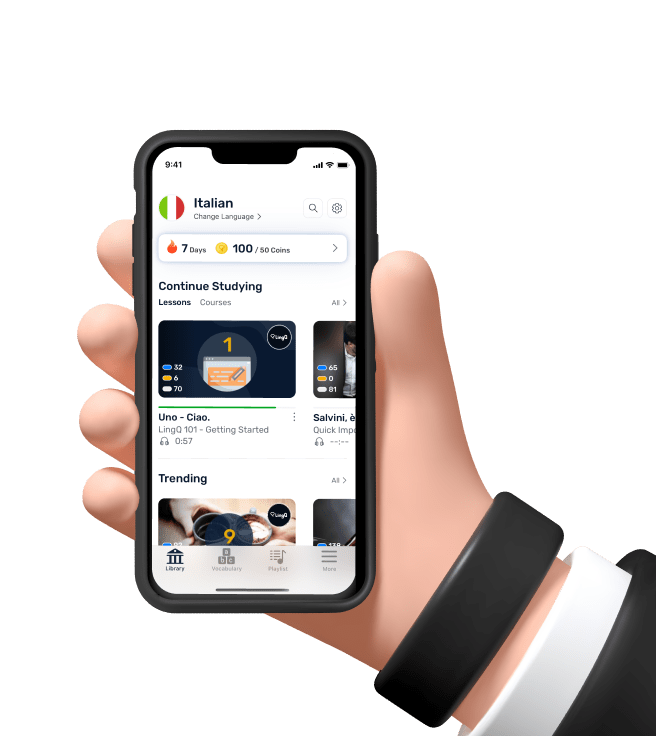(89) Korean grammar 한국어 문법 : 고 있다 vs 중이다 be in the middle of - YouTube
안녕하세요 그냥 한국어 지은 입니다
이번 영상에서는 어떤 일을 하는 상태를 나타내는
중이다, 고 있다
이 두 가지를 비교해 보도록 할게요
먼저 간단하게 어떻게 쓰는지
말해 드리자면
'고 있다는' 순간의
하지만 '중이다'는 순간의 상황만 사용이 가능해요
이게 무슨 말인지 예문을 통해서 한번 보도록 할게요
영화를 보고 있어요
영화를 보는 중이에요
이 두 가지 문장이 있는데
이 두 가지 다 사용이 가능해요
왜냐하면 지금 영화를 보는 지금
이 순간의 상황을 말하는 거죠
그래서 아까 말씀드린 것처럼
이 순간의 상황을 말할 때는
둘 다 사용이 가능해요
그래서 이 비슷하게 어떤 일반적인 동사에서
순간을 말하는 상황은 둘 다 사용이 가능하겠죠
그러면 아까 전에 말씀드린 것처럼
지속 상황에서는 '고 있다' 만 되고 '중이다'는 안 된다고 말씀드렸잖아요
그러면 그 상황이 예시를 볼게요
저는 회사에 다니고 있어요
저는 회사에 다니는 중이에요
이게 둘 다 괜찮은 것처럼 들리지만
사실은 '저는 회사에 다니고 있어요' 는 자연스럽고
'저는 회사에 다니는 중이에요'는 자연스럽지 않아요
왜냐하면 '다니다' 라는 동사의 뜻을 아시나요
'다니다' 는 '가다' 와는 조금 다르게
'지속해서 어느 곳을 간다'라는 뜻이 있어요
그래서 한번 회사를 가는 게 아니고
규칙적으로 회사를 가는 회사원이라는 뜻이 있거든요
그래서 이 상황에서는 지속적인 일을 하는 거기 때문에
'다니고 있어요' 는 되고 '다니는 중이에요' 는 어색한 표현이에요
그 비슷한 예시로는
저는 서울에 살고 있어요
저는 서울에 사는 중이에요
이것도 보면 '산다'는 잠깐 사는 순간이 아니죠
그래서 지속성을 가진 동사이기 때문에
'살고 있어요' 는 자연스럽고
'사는 중 이에요' 는 어색한 표현이에요
그리고 특별한 동사들이 있는데
우리는 이것을 탈착동사, 착용동사 이렇게 부르거든요
그게 뭐냐면 영어에서 'Put on'같은 표현을 말하는 건데요
한국의'Put on' 표현 여러가지 있는 거 아시나요?
있다, 쓰다, 아끼다, 벗다 등
이런 동사들 말인데요
예문을 한번 같이 볼게요
옷을 입고 있어요
옷을 입는 중이에요
이 두 가지 표현을 한번 볼게요
두 가지 표현은 일단 사용이 둘 다 가능해요
그런데 첫번째 '옷을 입고 있어요' 는
두 가지 뜻이 있어요
순간의 뜻으로
지금 제가 옷을 이렇게 입는 행동을 하고 있다
라는 뜻도 있고요
두 번째 뜻은 지금 다 입었어요
'입은 상태' 라는 뜻을 가지고 있어요
그것은 지속성에 해당하겠죠
그리고 옷을 입는 중이에요
이것은 순간만 가능하다고 했잖아요
그래서 이것은 제가 지금 입는 행동을 하는 것
그 의미만 있어요
그래서 '고 있다' 와 '중이다'는 이런 차이 들이 있으니까
어떤 행동을 하는 순간을 나타낼 때는 둘 다 사용이 가능해서
고민을 많이 안 해도 되지만
어떤 지속성이 있는 상황을 말할 때는 한 번 더 생각을 해보고
사용을 하면 좋을 것 같아요
그러면 궁금한 점이 있으시면 댓글에 남겨주시고요
우리는 다음 영상에서 또 만나요
안녕히 가세요

